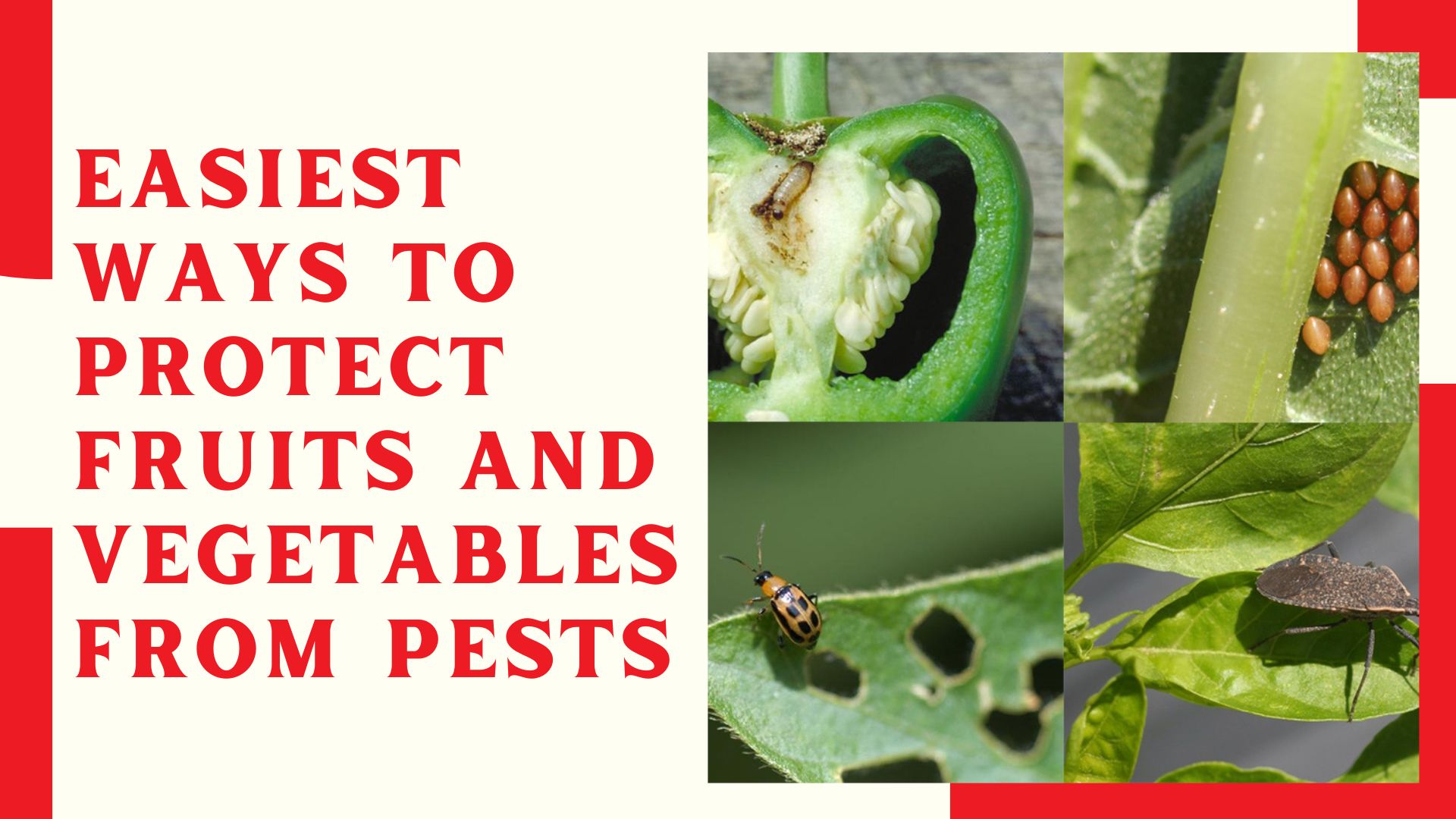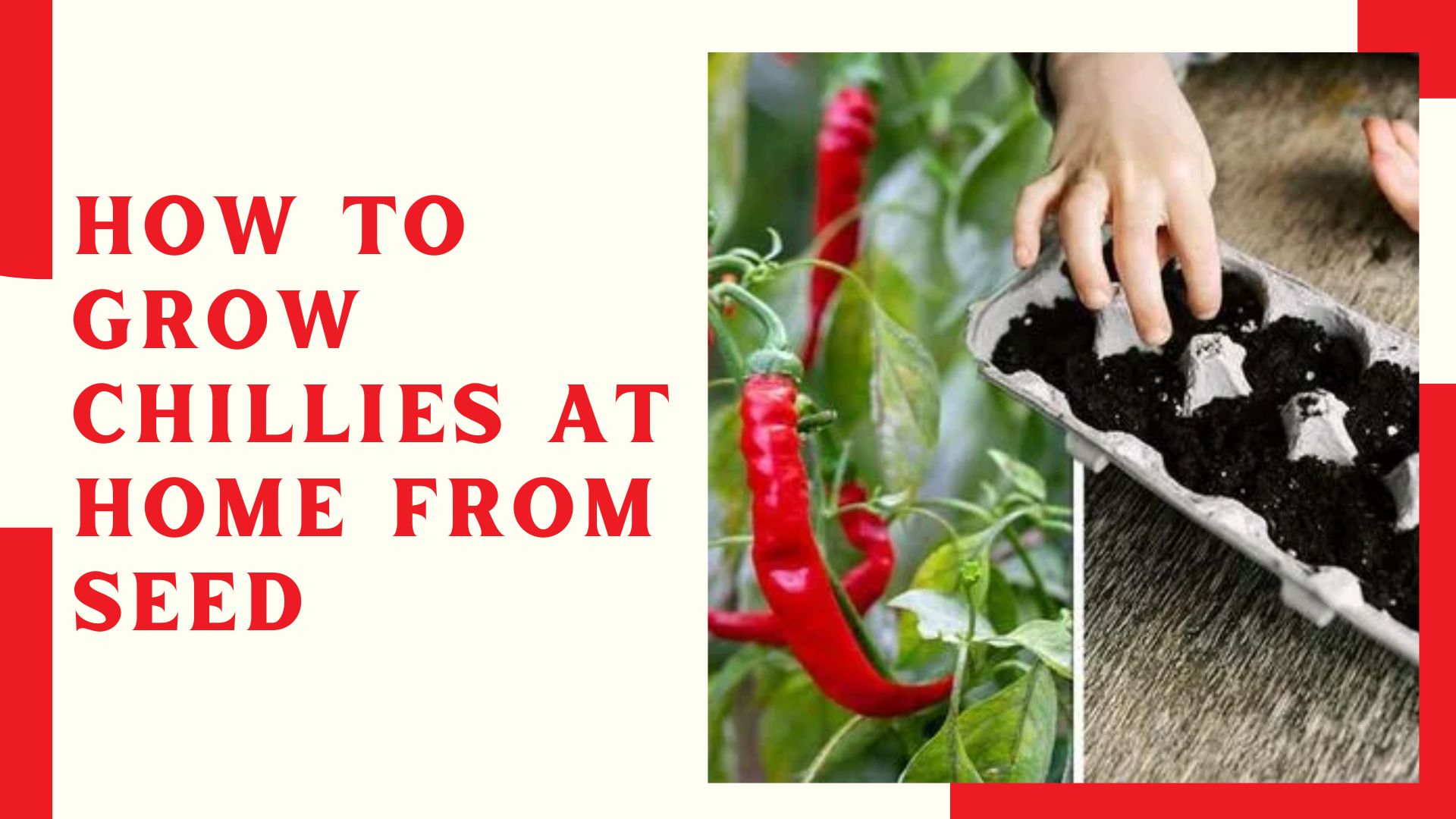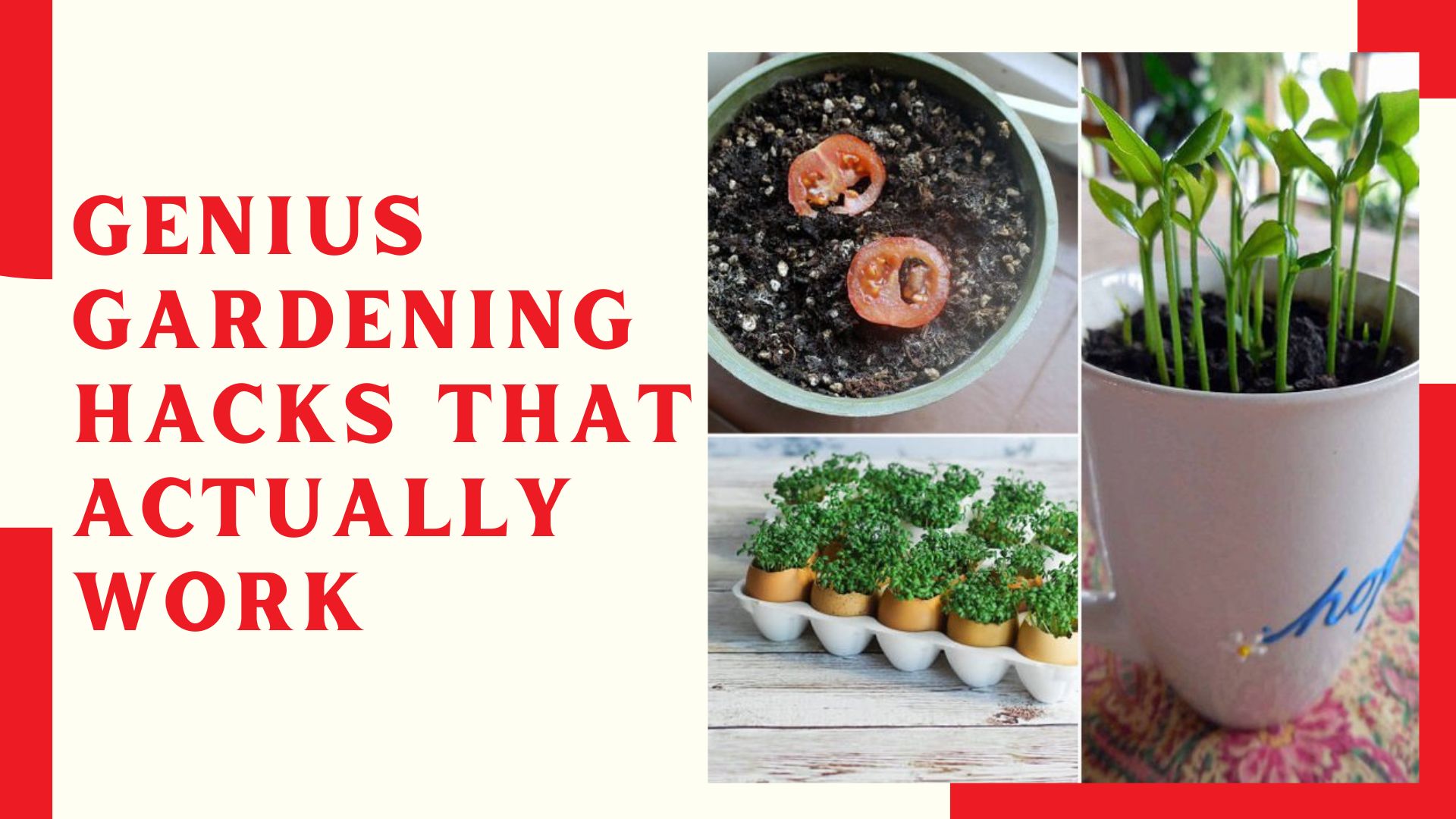With their juicy, flavorful fruits, Tomatoes are favorite among home gardeners. Growing them at home allows you to enjoy the freshest produce right from your backyard or balcony. Whether you're a seasoned gardener or a beginner with a green thumb, growing tomatoes at home is a rewarding journey filled with flavor, freshness, and the satisfaction of harvesting your produce. To ensure a successful tomato harvest, follow these detailed steps:
Related Products You Might Like
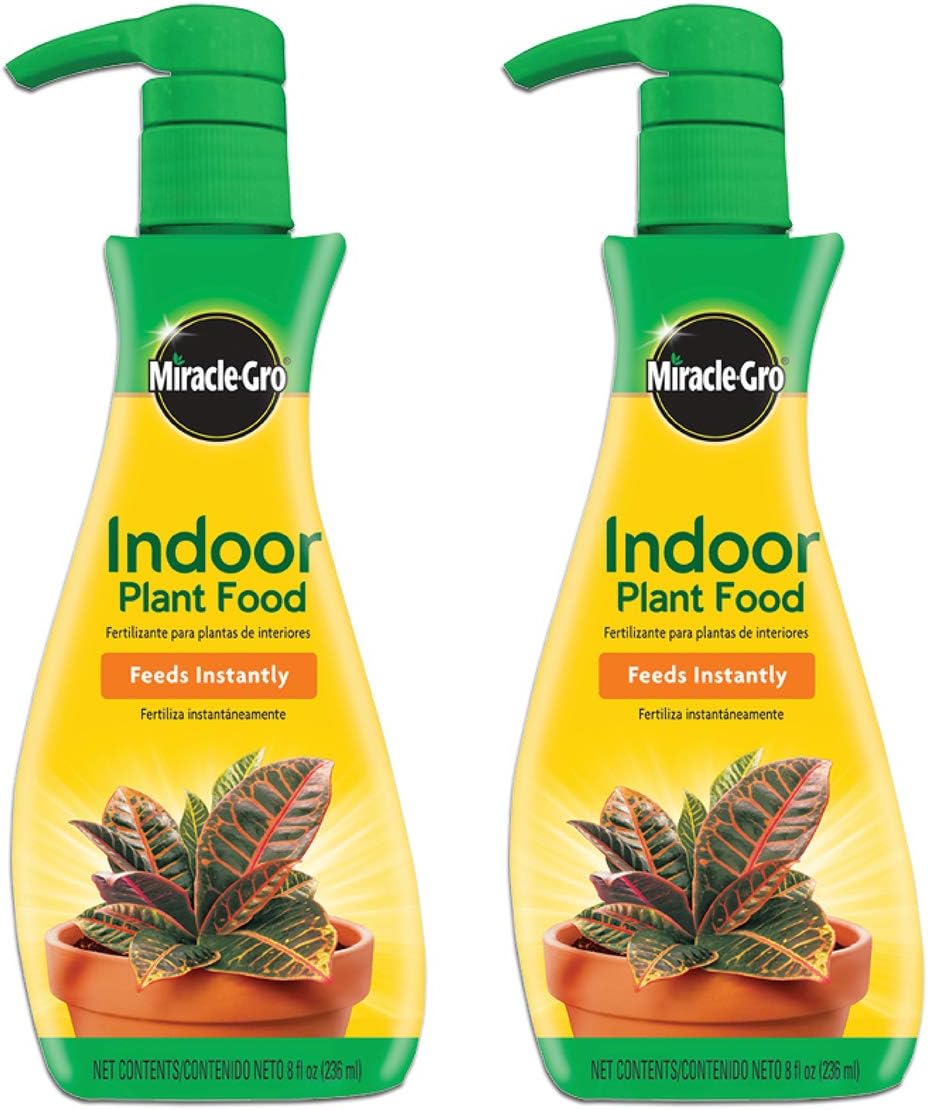
Indoor Plant Food
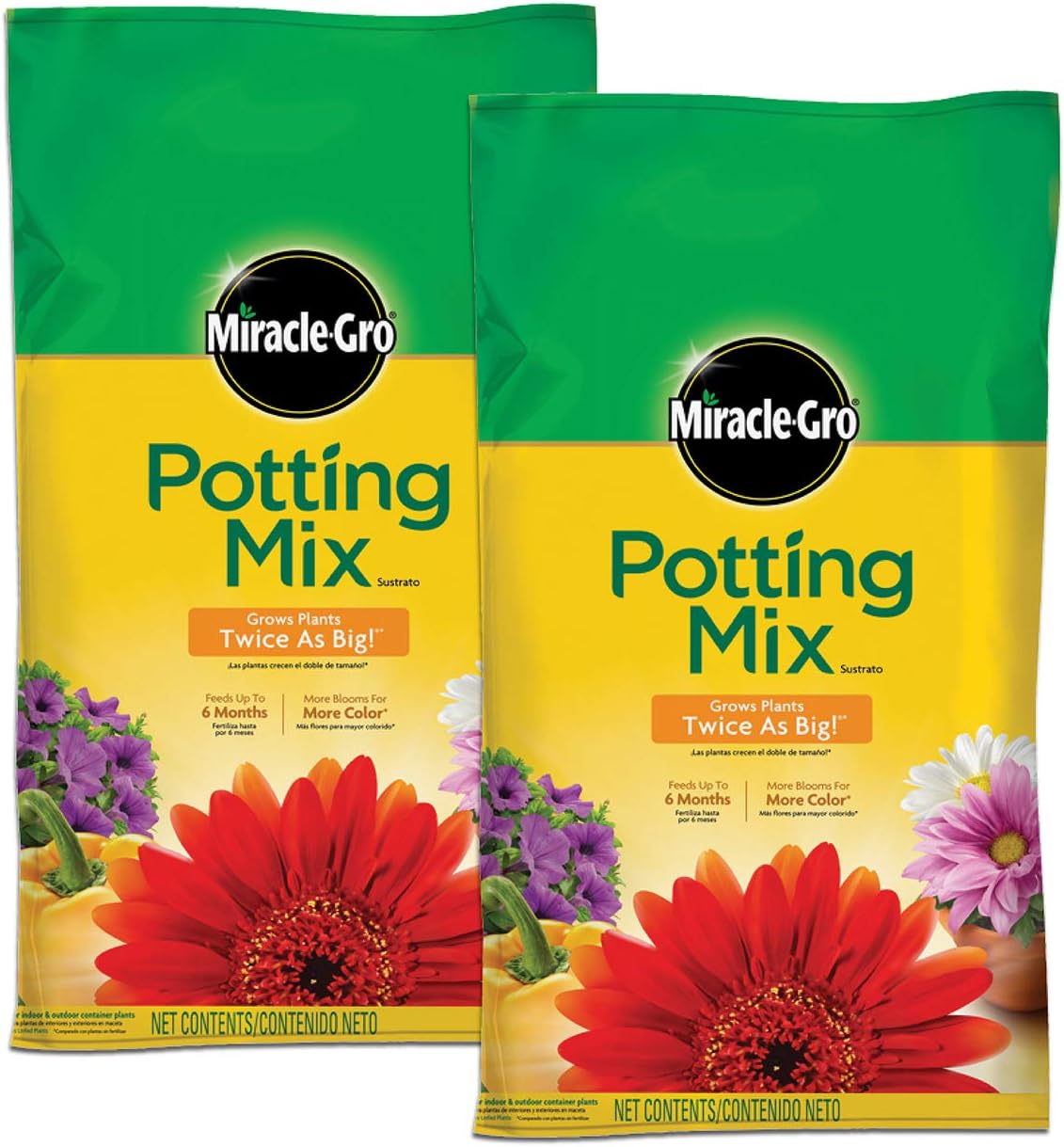
Potting Mix

Lawn and Garden Sprayer
"(Paid Links)" 
Choose the Right Variety:
Consider factors such as your climate, available space, and taste preferences when selecting tomato varieties. Determinate types are compact and suitable for containers, while indeterminate varieties require more space but produce fruit continuously throughout the season.
Select a Suitable Location:
Tomatoes grow in full sunlight, so choose a place with at least 6-8 hours of direct sunlight per day. Ensure the soil is well-draining, loose, and rich in organic matter. Take a soil test to determine pH levels and amend the soil accordingly.

Prepare the Soil:
To ensure your tomato plants thrive, it's crucial to prep the soil. Enhance its fertility and structure by adding compost, aged manure, or organic fertilizer before planting. To ensure your plants growth, it's best to have a soil pH between 6.0 to 6.8. Get your hands dirty and mix organic matter into the top 6-8 inches of soil with a garden fork or shovel. Your tomatoes will thank you for the thoughtful preparation!
Planting:
To give your seedling the best start, show it some love by digging a generously sized hole and planting it deep. By burying the stem up to the top few sets of leaves, you'll encourage strong root development and prevent the plant from toppling over. Your thoughtful approach will surely lead to a successful garden!
Support Structures:
Most tomato varieties require support to keep the plants upright and facilitate air circulation. Use stakes, cages, or trellises to support the plants as they grow. Install supports at the time of planting to avoid damaging the roots later on.
Watering and Fertilizing:
To ensure healthy plants, water the soil regularly without overdoing it. Focus on deep watering at the base of the plant to avoid fungal issues. Let's create a thriving garden together! Fertilize regularly to give essential nutrients for healthy growth and fruit production.

Pruning and Maintenance:
Monitor the plants regularly for suckers that develop inthe leaf axils. Pinch off these suckers to promote larger, healthier fruits and improve air circulation around the plant. Remove yellowing or diseased leaves promptly to prevent the spread of diseases.
Pest and Disease Control:
Keep an eye out for common tomato pests such as aphids, hornworms, and whiteflies. Use natural predators, companion planting, or organic pesticides to manage pest populations. Practice crop rotation and proper sanitation to prevent the buildup of soil-borne diseases.
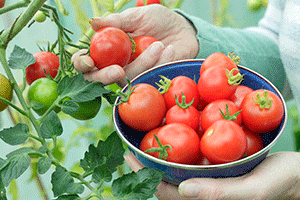
Harvesting:
Most tomato varieties ripen 50-80 days after transplanting. grow when the fruits are fully colored and firm to the touch. To prolong the harvest, pick tomatoes as soon as they start to ripen and allow them to finish ripening indoors at room temperature.
Storing and Using:
Store ripe tomatoes at room temperature away from direct sunlight. Avoid refrigeration, as it can dull the flavor and texture of the fruits. Use fresh tomatoes in salads, sandwiches, sauces, or preserve them by canning, freezing, or drying for later use.
Crop Rotation:
To prevent disease, avoid growing tomatoes in the same spot year after year. Rotate crops by planting tomatoes in different areas of the garden each season, preferably following a rotation schedule of three to four years.
By following these detailed steps, you can successfully grow tomatoes at home and enjoy a bountiful harvest of fresh, flavorful fruits throughout the growing season. follow different varieties and growing techniques to find what works best for your garden and taste preferences.

